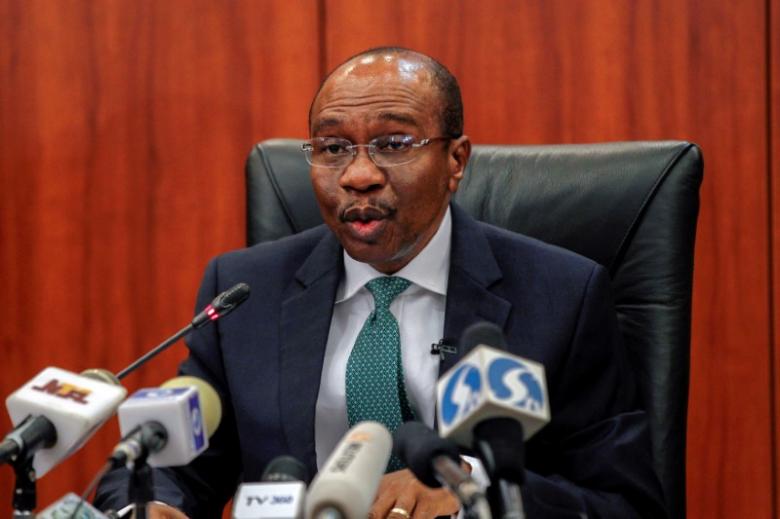Nigeria lenders dip into reserves, unclassified liabilities to fund activities in May
Steve Omanufeme is Businessamlive Managing Editor.
You can contact him on steveo@businessamlive.com with stories and commentary.
July 19, 20171.9K views0 comments
Nigeria lenders, pressed to finance their various activities in the month of May, turned to dipping into their reserves and unclassified liabilities, a report on the banking industry for the month released by the Central Bank of Nigeria and seen by Businessamlive has shown.
This information comes amid a record N32.91 trillion total assets and liabilities posted by the country’s commercial banks at the end of May, 2017, an increase of 0.6 percent over that recorded in April, the report shows.
One banking analyst at a Lagos boutique investment house told Businessamlive that it shows that “funding activities within the month under review was tough as most of them had recourse to unclassified liabilities, claims on private sector and drawdown on reserves.”
The central bank explained in the monthly economic report for May that,“funds were sourced, mainly, from unclassified liabilities, claims on private sector and drawdown on reserves. The funds were used, mainly, for acquisition of unclassified and foreign assets, and redemption of time, savings and foreign currency deposits.
Read Also:

The development was attributed to the fall in claims on the Federal Government and the private sector, in the review month.
The tight operating environment indeed continued to early June when interbank overnight rates shot up as high as 126 percent.
In the review period, banks continued to access the CBN Standing Facilities window to square up their positions either by borrowing from the CBN or depositing the excess in their reserves at the end of each business day.
See also: Strong gasoline boosts oil price as rising Libya, Nigeria output undermines OPEC supply cut
“The trend at the CBN standing facilities window showed more patronage at the standing lending facility (SLF) window, compared with the standing deposit facility window (SDF). The rates at the SLF and SDF remained at 16.00 and 9.00 per cent, respectively.”
Total request for the standing lending facility granted during the reviewed month amounted to N4.05 trillion, compared with N5.34 trillion in the preceding month. This was made up of N1.24 trillion direct SLF and N2.81 trillion intraday- lending facility (ILF) converted to overnight repo.
The CBN report indicated that daily request ranged from N171.62 billion to N345.69 billion, resulting in daily average of N225.03 billion for the 18 transaction days in the month. Total interest earned was N2.81 billion, compared with the total interest of N4.05 billion earned in the preceding month.
Total standing deposit facility granted during the review period was N467.33 billion with a daily average of N29.21 billion, compared with N369.45 billion in April 2017. The cost incurred on SDF was N0.16 billion in May 2017, compared with N0.12 billion in April 2017.
To this end, banks’ credit to the domestic economy, at N21.10 trillion, fell by 1.1 percent, compared with the level at end-April 2017.
The report also states that total specified liquid assets of commercial banks stood at N7.03 trillion, representing 38.1 percent of their total current liabilities.
“At that level, the liquidity ratio was 1.3 percentage points below the level at the end of the preceding month, but was 8.1 percentage points above the stipulated minimum ratio of 30.0 percent,” the report indicated, adding that loans-to- deposit ratio, at 80.4 percent, was 0.09 percentage point below the level at end-April 2017, but 0.4 percentage point above the maximum ratio of 80.0 percent.
